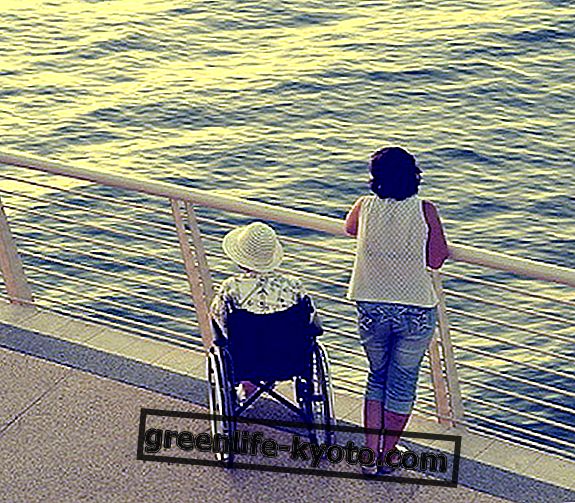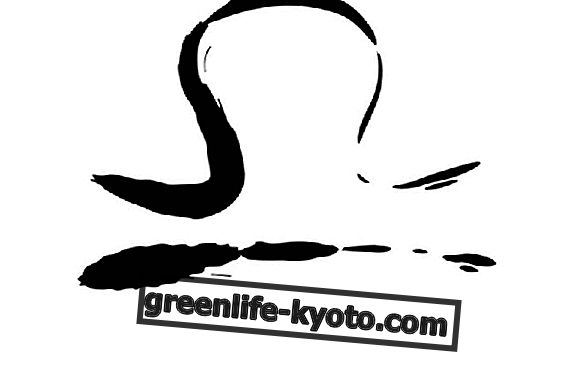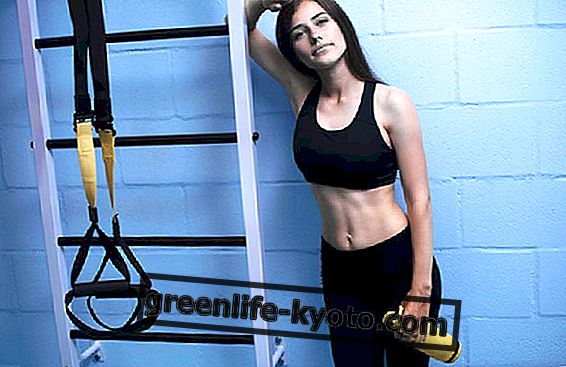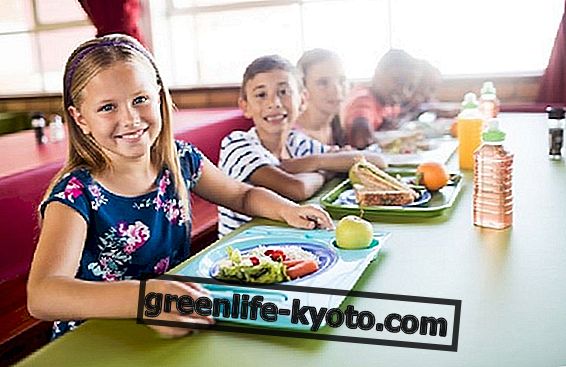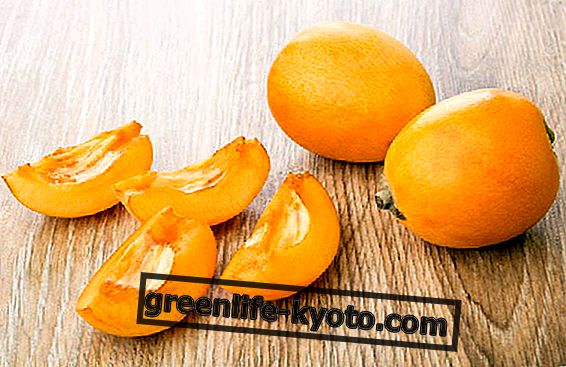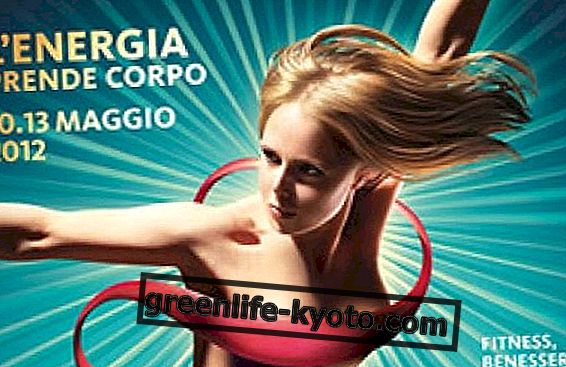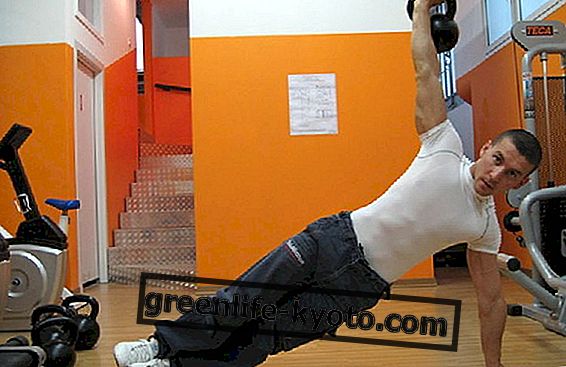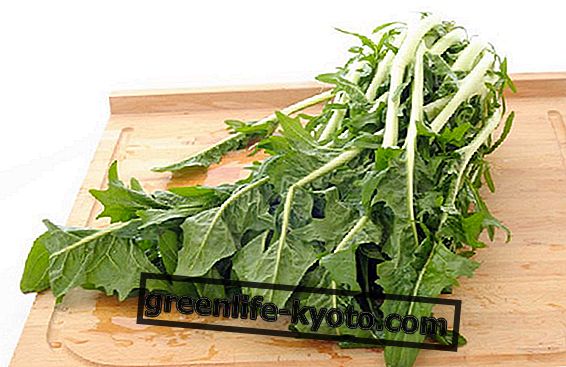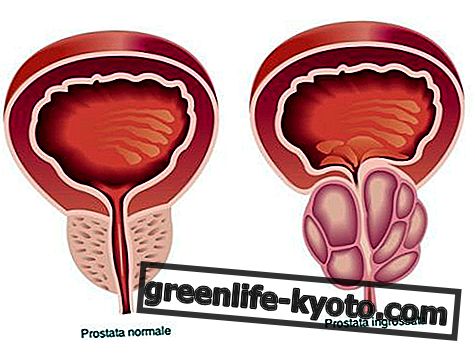
We feel younger, more beautiful, leaner. Or the opposite. We feel straight as stems and we are slumped like wet twigs. Or, on the contrary, we perceive ourselves totally crooked and instead it would be enough to only regain contact with the shoulder blades and the breath.
We investigate the ways in which we perceive ourselves and we know better the concept of proprioception applied to the practices of movement of the body and not only.
The perception of self
Let's start with an experiment. We don't do it now, an Argentine photographer, Leandro Berra, did it . Berra's work focuses on the idea of autoportraits-robots. What does it consist of? The photographer has asked a target group of people to reconstruct their self-portrait by heart, using the identification program available to the police, which allows them to achieve results that are truly in line with the real appearance. He then photographed people.
From the comparison between autoidentikit and photo it clearly emerges how the description was free from wrinkles, lines of expression, dark circles. I managed to find all the research work on the perception between photos and identikits on YouTube, on the title Les mains de gargas. Notice how some are perceived as more virile, rounder, more elongated, more serene. All, almost all, younger.
Let's explore proprioception
We counteract the force of gravity all the time, do you ever think about it? By proprioception is meant the set of functions that participate in controlling the position and movement of the body. A constant work achieved by proprioceptors, peripheral receptors that receive useful information. This information is processed within spinal reflexes aimed at maintaining correct posture and counteracting the force of gravity.
Inside the fibers of the skeletal muscles we have the receptors of the neuromuscular spindle, wrapped in a beautiful connective sheath and composed of intrafusal fibers. You must imagine these fibers arranged parallel to the fibers of the muscle, but smaller than them and less contractile in the center (at the poles yes instead). The afferent nerve fibers are wrapped in a spiral. The neuromuscular spindles also contain the efferent motor terminations of the different gamma motor neurons compared to the alpha motor neurons that innervate the skeletal muscles.
Together with the neuromuscular spindles, we also call into question the Golgi tendon organs . These are proprioceptors located at the level of tendons and articular ligaments. We also call on the receptors of the joint capsules, mechanoreceptors at the level of the connective tissue. When talking about proprioceptive reflexes, think of the myotactic reflex; in summary, the reflexes that function on the basis of a reflex arc, or a sensory fiber that carries a sensory stimulus derived from a peripheral receptor to the central nervous system, to then lead to contraction or relaxation (if an inhibitory interneuron is involved in the mechanism) of the muscles involved.
If we are emotionally based, the body settles on the sensation, it responds. We constantly change the position of our body according to the emotions we experience. Imagine so many sentinels inside the body. Techniques such as the Suchard method and the Mézières method but also the Feldenkrais and the yoga or tai chi conducted by those who have a good awareness, work in this sense: to overcome the usual patterns, let the spirals enter the body and move in accordance with the traction lines (myofascial meridians, as Myers would say).
Consciousness and illusions about physical appearance
We are referring to a study conducted by researchers from the center of conitive sciences of the University of Bremen, who have shown that consciousness is a phenomenon that is created on the basis of the simultaneous interaction of many factors. The latter are detectable thanks to small indications: dilation of the pupil, microscopic movements of the fingers or other gestures initiated by unconscious data that gradually become conscious.
Habits, instincts, interests, environment, genetics interact influence the work of the prefrontal cortex that designs the movements (it comes into action 3 tenths of a second before conscious intention, as demonstrated by the great Benjamin Libet, Nobel Prize winner and physiologist of the University of California to San Francisco around 1965).
The anterior prefrontal cortex "dismantles" the illusions we cultivate about ourselves, erroneous opinions about our physical appearance or even our freedom (over what we think we have). The psychophysical limits that we automate ourselves, the considerations we make about the body are often related to simple illusions. The extreme cases of distortion of perception occur in anorexic subjects but also in "fixed" gym (in that case we speak of anorexia on the contrary: lost contact with their muscle mass, even from body builders, they still feel slim) .
Whatever the practice or motor discipline you are dedicated to maintaining your body's training, it is interesting to observe . With the willingness to change, to overcome the non-useful motor habits, to acquire new ones, which open up further possibilities.
